If you have varico se veins and have been experiencing negative symptoms but have been putting off seeking treatment, this blog is for you. We understand that it’s tempting to think that the leg pain and swollen, achy legs will go away, and that the swollen veins themselves will somehow “get better on their own.”
se veins and have been experiencing negative symptoms but have been putting off seeking treatment, this blog is for you. We understand that it’s tempting to think that the leg pain and swollen, achy legs will go away, and that the swollen veins themselves will somehow “get better on their own.”
Speaking as experienced Sun City vein doctors, we have to tell you that it’s not likely that your varicose veins will “get better on their own.” It’s much more likely they’ll get worse.
Varicose veins are the surface symptoms of a deeper, underlying vein disease. And that vein disease is progressive. That means if the disease is not treated, it has very predictable stages, as the disease progresses and the symptoms get worse. In this blog, we’ll discuss the progressive nature of vein disease. We’ll focus on the type that causes varicose veins, chronic venous insufficiency, or CVI.
What is chronic venous insufficiency?
CVI occurs when the tiny, one-way valves that control the flow of blood through your veins become damaged. In normal veins, these valves open to allow blood to flow through on its way to the heart, and then close again. When these valves become “leaky,” they allow blood to flow back into the veins and collect there. This is what causes these veins to become enlarged and take on the bluish-purple color of deoxygenated blood that you can see on the surface of the skin as spider veins and varicose veins. This is just the first stage of CVI, however.
The six most common stages of CVI (chronic venous insufficiency)
Although each case is slightly different, the following six sets of symptoms appear often enough and in enough patients that we can safely categorize them as reflecting predictable “stages” of the disease.
- Stage one – spider veins. These small, reddish-purple veins – visible on the legs, ankles, neck, face, and other areas – are not necessarily related to varicose veins, but they are caused by the same underlying CVI. They are more common in women than in men.
- Stage two – enlarged, ropy varicose veins. These swollen veins are in many cases “stage one” of the disease, because as noted they are not necessarily preceded by spider veins. This is the stage at which people often first become aware that they have a vein disease. The swollen veins may be accompanied by itching, burning, or numbness along the veins themselves, and by tired, weak, or achy legs. This is the best stage at which to treat them.
- Stage three – edema (swelling), but without skin changes. In this stage, swelling of the legs and ankles increases because CVI has impaired the circulatory system’s ability to reabsorb fluid. Elevation of the limbs may help, but will not cure the disease or reduce the swelling much.
- Stage four – skin changes and discoloration. As the disease progresses, venous congestion and poor circulation can lead to changes in skin color and texture. The skin on your legs can become reddish-brown or white in color, and take on a more leathery texture that leaves it brittle and prone to injury.
- Stage five – skin changes with healed ulceration. In this stage, scratches or injuries to the toughened skin may heal with treatment, often leaving scars.
- Stage six – skin changes with active ulceration. In this final stage of CVI, injuries to the skin and leg ulcers refuse to heal even with treatment, and can leave your legs literally covered with bleeding, open sores.
What can you do to prevent your varicose veins from getting worse?
Have them treated, and as early as possible. As noted above under stage two, this is the point at which varicose vein treatment in Sun City is easiest. In some cases, symptoms at this stage can be successfully managed with conservative treatments such as diet, exercise, and the use of compression stockings.
If you allow the disease to progress to higher stages, it can still be treated by varicose vein specialists in Sun City, but it may require more aggressive treatments such as sclerotherapy, radiofrequency ablation, laser therapy orVenaSeal™. To find out what stage your vein disease is in and which treatment options are applicable, give our experts a call at 888-377-7122 or go online to schedule an appointment. Our talented team of vein experts is happy to assist you.
